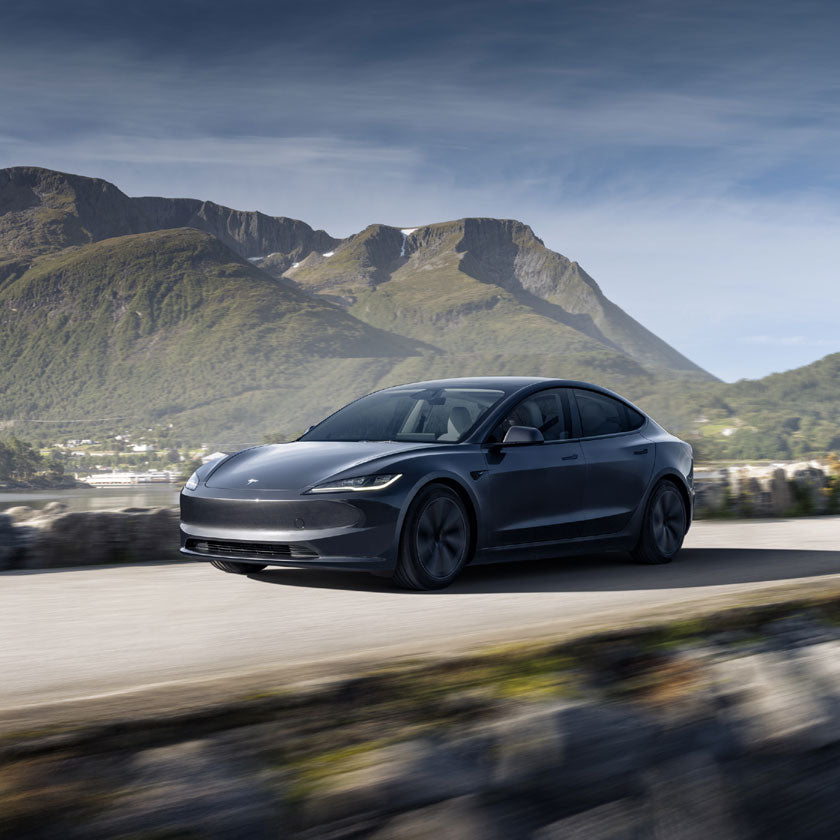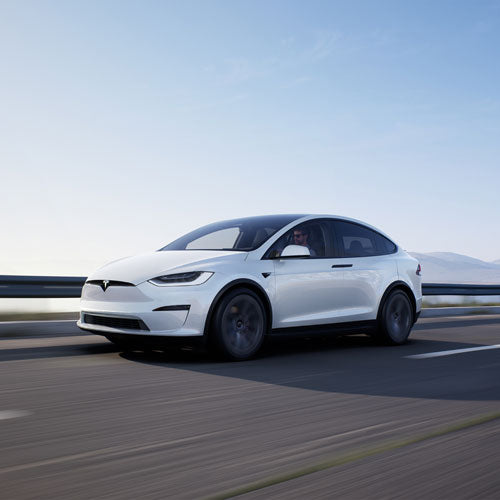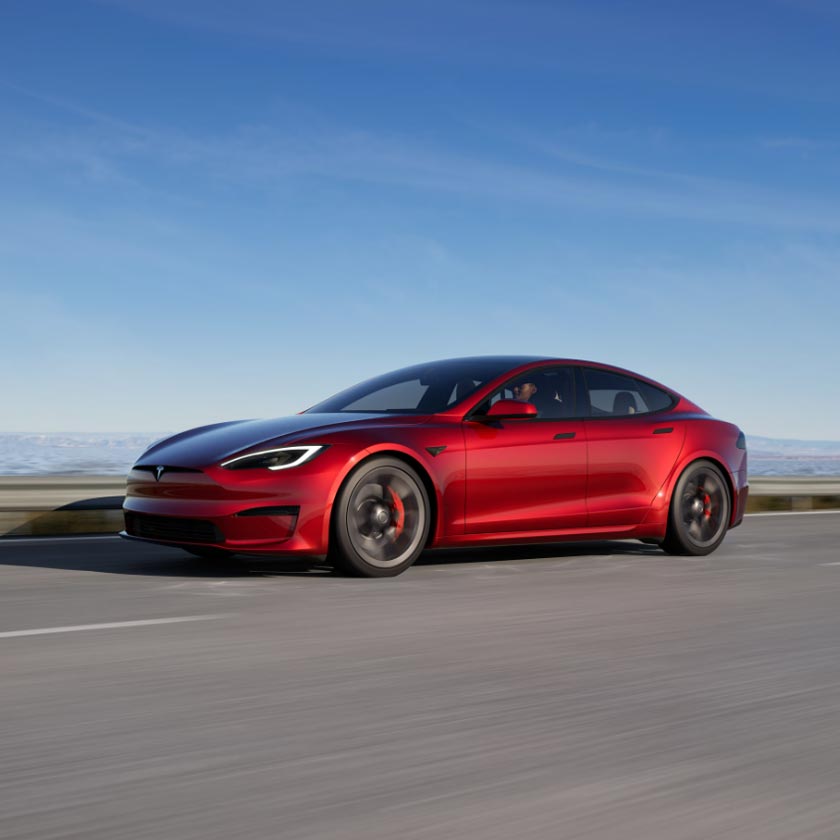A few months ago, Tesla began working on creating its own battery for cars in the secret project Roadrunner which goal is goal is to mass-produce a new battery cell that will be more energy-intensive and cheaper.
Tesla enthusiast, JPR007/Twitter, offers a closer look at this. In his article, he concludes that Tesla is not only working on new chemical processes in cells and improvements in coating processes, but they are also working on new cell designs with different physical sizes and new drainage paths for the flow of electric currents.
He writes that we should expect to see new processes for assembling those cell connections into electrical paths outside of the cells, and possibly radical changes in module and battery pack design.
Tesla tries to achieve its goal in various ways, both through acquisitions of Maxwell and Hibar, and through internal developments like laser welding and heat pump capabilities.
Tesla created a pilot line for the production of battery cells in Fremont, where they secretly design and test production equipment and processes.
Meanwhile, on LinkedIn, Tesla team members are inviting experts in the production of Li-Ion battery cell and battery modules to join them.
Source: JPR007
JPR007 describes what can be expected from a given amount of lithium:
- greater energy storage in that Lithium = physical chemistry;
- less weight from all the supporting elements in the cells = physical materials management:
- less weight from all the supporting components needed to take cells and make them into packs = physical pack design;
- less materials cost = all of the above;
- less manufacturing cost = all of the above combined with streamlining and really fresh and intelligent manufacturing techniques, quite possibly borrowed from successful applications in other completely unrelated fields;
- higher yields = really robust and reliable manufacturing processes.
With this last being one of the most critical dimensions for good output and the economics of scale.
What it might look like is still a matter of speculation, but JPR007 offers try a few placeholders:
1. Cylindrical cells - because they lend themselves to tight and dense layers.
2. Larger cells - because current heating effects are reduced with film-edge connections rather than film-end connections:
- 2170 becomes something 2 ~ 3 bigger in both dimensions?
- this brings the further benefit of a reduced ratio of packaging material to active contents.
3. Direct loading of cells into packs:
- exchanging the module-building process for a more direct process of pack-building.
4. New, lighter and more efficient thermal management system using heat pipes combined with heat pump technologies.
5. 171 kg or ~ 35% of a 480 kg Tesla Battery Pack is comprised of “stuff” external to the cells themselves:
- we can expect at least some weight reduction here for a next generation product, perhaps of the order of at least -20% from managing all of the variables.
6. Once the physical materials and their costs have been optimized the key economics are going to come from the ease of manufacturing and the speed of output that can be achieved:
- if done right, all of the above suggest the potential for a significant step-down in kWh pack cost.
Tesla’s goal is to reduce the cost of batteries (and increase their efficiency), which will reduce the cost of electric vehicles and make them more affordable.
Featured image: Auto Motor Sport
Follow @EvaFoxU




